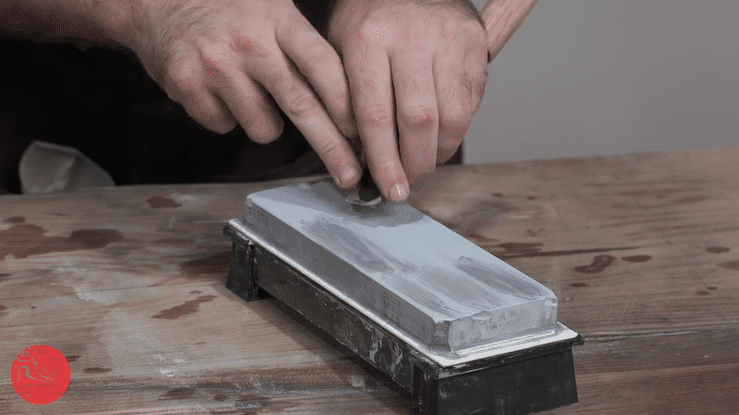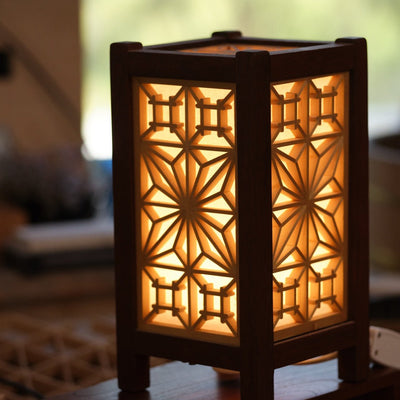It's time to get this chisel sharp and get to work!
Sharpening a Japanese chisel follows the same principles as any edged woodworking tool. We greatly prefer to use waterstones, but you can make use of whatever sharpening method you prefer (as long as it's not a high speed grinder!).
Bevel Angles

In general, we suggest you follow the factory bevel angle on an initial sharpening. If you are working in harder timbers especially, a bevel angle of 30 degrees on driving chisels (bench chisels and tataki nomi) can help protect your edge and retain your sharpening work for longer.
Shinogi nomi and usu nomi often come from the factory with a bevel angle closer to 25 degrees. Follow this angle for your initial sharpening, though it can be increased later if you wish to protect your edge further.
Sharpening Technique

Sharpening Japanese chisels freehand takes some practice but is an attainable skill. Sharpening the larger sizes such as 24mm and larger will be easier for beginners than smaller sizes, so feel free to start with your bigger chisels before moving on to your smaller ones.
If you feel more comfortable working with a jig, you can absolutely do so. Try different hand positions and re-reference your chisel on the stone regularly, making sure to flatten the stone during sharpening.
Get the Entire Edge and Move Through the Grits

Do not move through the grits until you have touched your entire cutting edge on your starting stone - you don't need to hit the entire bevel, but the very edge must be done.
Learning to read the scratch pattern of the stone on the tool will allow you to see what areas have been sharpened and what areas have not been. Once a uniform edge is achieved, you can move through your desired grits.



